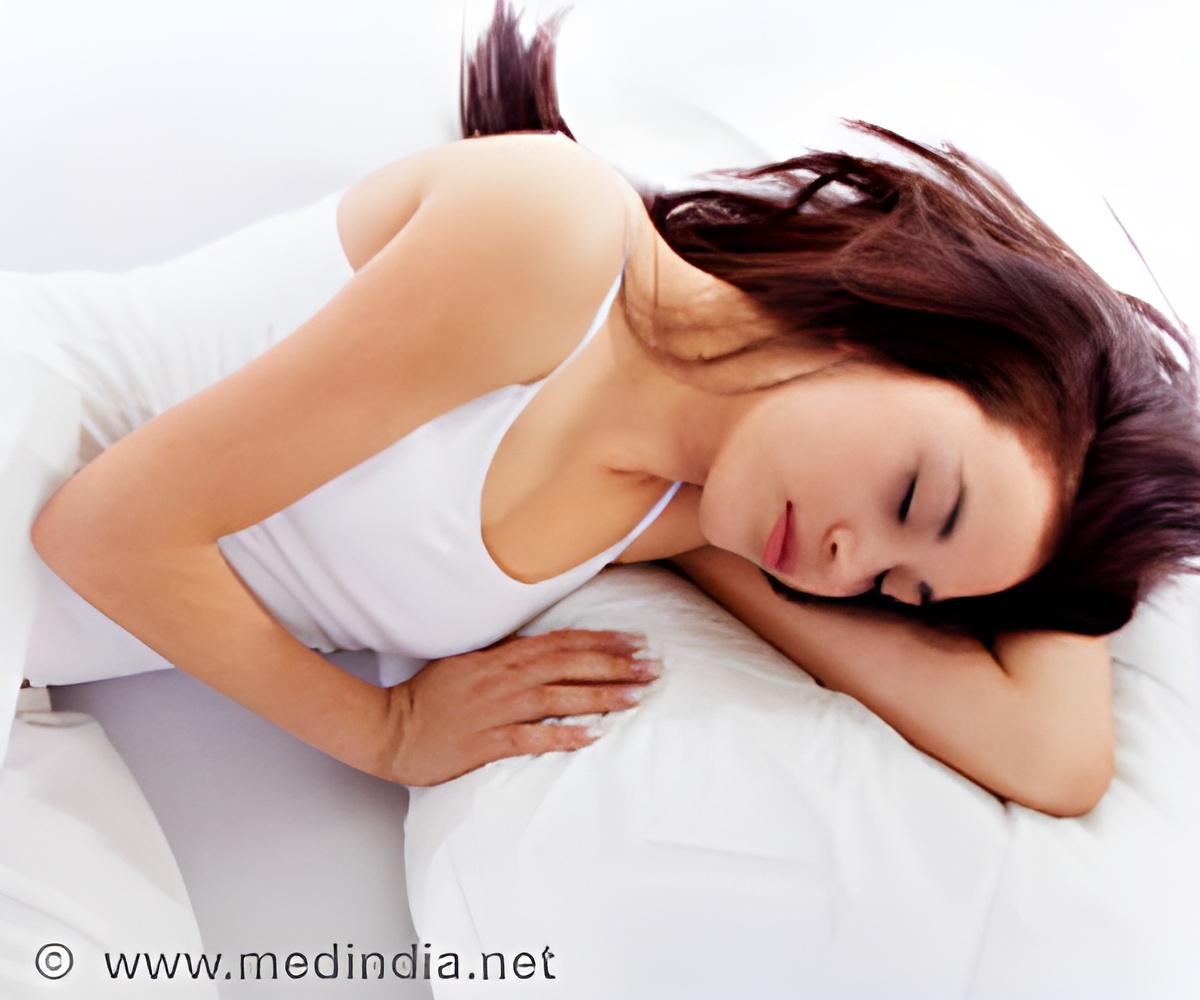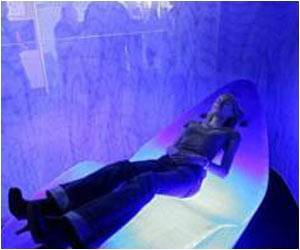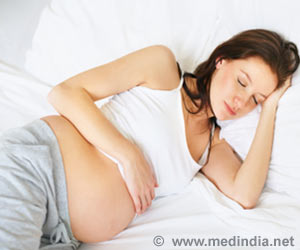Following atleast 2 months of continuous positive airway pressure therapy (CPAP), patients suffering from obstructive sleep apnea may appear more alert, youthful and attractive, a new study claims

The study is in the Sept. 15 issue of the Journal of Clinical Sleep Medicine, which is published by the American Academy of Sleep Medicine.
Chervin and his research team studied 20 adults who have OSA and excessive daytime sleepiness. Digital photos of their faces were taken with a high-precision 3D camera before and after at least two months of CPAP therapy. Images were analyzed using computer software to assess the volume and color of the face. Twenty-two volunteers also viewed the images paired side-by-side in random order and rated them for alertness, youthfulness and attractiveness. Twelve of the raters were medical professionals, and 10 were volunteers from the community.
Results show that for the 20 subjects, an average of 68 percent of raters identified the post-treatment facial image as having a more alert appearance than the pre-treatment photo. Sixty-seven percent rated the post-treatment photo as more attractive, and 64 percent rated it as more youthful. Image analysis also found post-treatment decreases in forehead surface volume, which may reflect changes in nightly fluid shift, and decreased redness under the eyes and over the cheeks.
According to the authors, this is the first study to use objective, precise, digital photographic techniques to document changes in facial appearance after treatment for OSA. This is also the first study to document that these changes in facial appearance can be perceived by others.
According to Chervin, the study results could be motivational for the millions of people who have OSA.
Advertisement
The AASM reports that at least 12 to 18 million adults in the U.S. have untreated obstructive sleep apnea, which involves the repetitive collapse of the upper airway during sleep. OSA is a serious sleep illness that is associated with an increased risk of high blood pressure, heart disease, diabetes, depression and stroke. The most effective treatment option for OSA is CPAP therapy, which helps keep the airway open by providing a stream of air through a mask that is worn during sleep.
Advertisement
Source-Eurekalert














